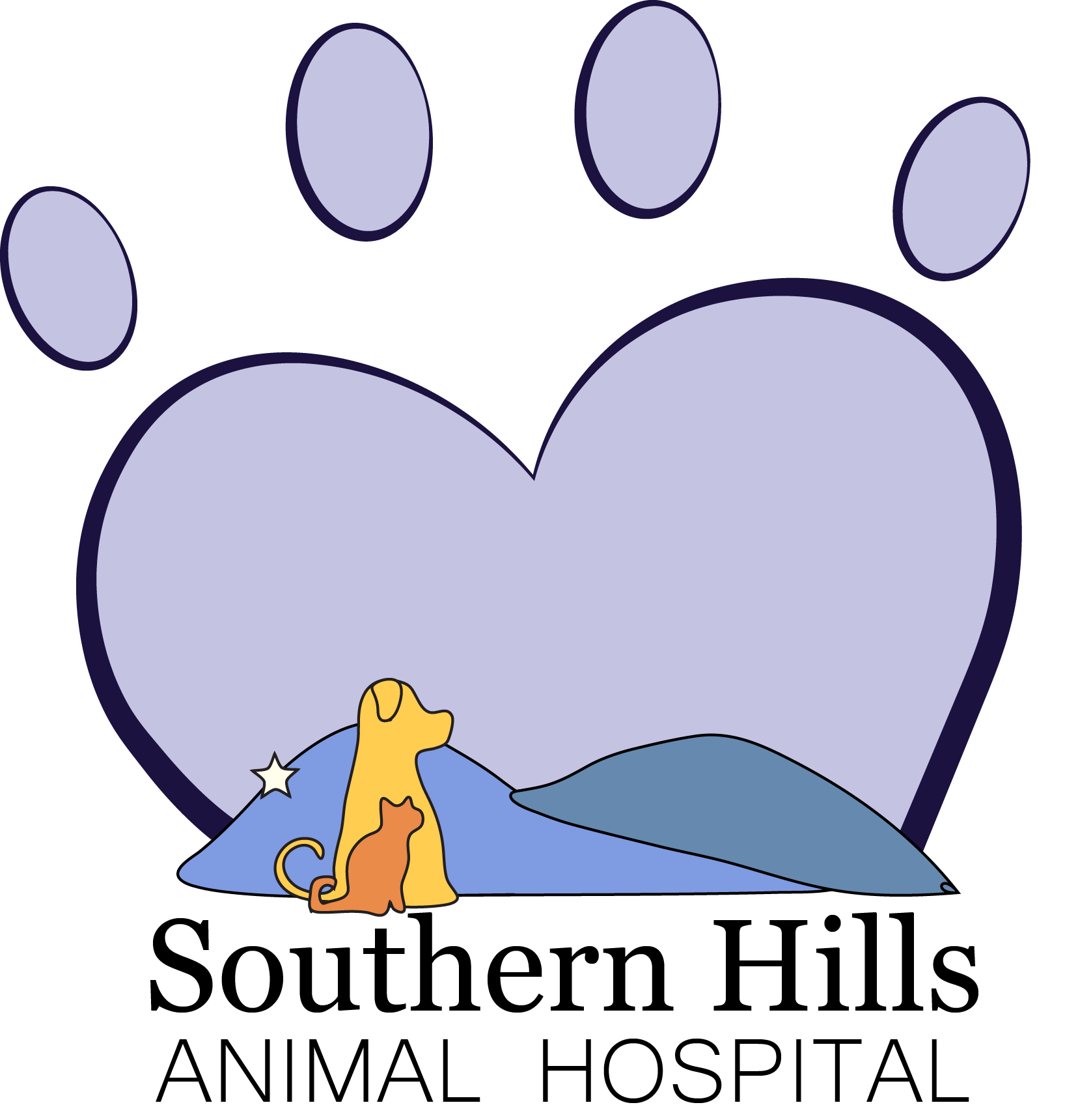Library
-
Baths should be performed in a comfortably warm area, using lukewarm water. Medicated shampoo should be applied to a clean, wet coat, so start by thoroughly rinsing your cat with lukewarm water. Shampoo should be worked into the coat thoroughly and allowed to sit for 10 minutes before rinsing unless directed otherwise by your veterinarian.
-
Cats are very good at hiding signs of pain, so cat owners need to be very observant to recognize behavior changes that indicate their cat needs help. Some of the most common behavior changes are associated with grooming and litter box habits. This handout describes these and other changes to watch for, as well as advice on how to support your aging cat.
-
It may take several weeks to build up to performing a full nail trim and that is perfectly normal and acceptable. The goal is to make nail trims and positive and stress-free as possible for your cat. Taking the time to desensitize your cat to handling and nail trims will pay off in the long run, by making all of your cat’s future nail trims more pleasant.
-
Hyaluronan topical (Optixcare wipes®) are used to remove sticky mucus, eye secretions, and crusty debris from around the eyes of dogs, cats, and other small pets. They contain chamomile and hyaluron, which are gentle cleaning supplements. They are used to manage tear staining around the eyes in pets prone to this condition.
-
Hyaluronate sodium ophthalmic (Remend®, I-drop®, Oculenis®) is a lubricating topical eye drop. It is used in dogs and cats to help lubricate and moisturize the eye and to minimize dryness and irritation. It is often used to support pets with decreased tear production, such as pets with keratoconjunctivitis sicca (dry eye). Hyaluronate sodium ophthalmic drops can be used to accelerate healing for pets with eye injuries.
-
Hydralazine is given by mouth and is used off label to treat high blood pressure and some causes of heart failure in cats and dogs. Side effects include decreased appetite, vomiting, and/or diarrhea. Do not use in pets that are allergic to it or in pets with heart vessel disease, low blood pressure, severe dehydration, or severe blood loss.
-
Hydrocodone is an opiate agonist given by mouth as a tablet or liquid and used off label to treat pain and dry cough in dogs. The most common side effects include sedation and constipation. Do not use this medication in pets that are allergic to opiates or that have ingested a toxin. Use with caution in debilitated or geriatric pets, pets with a head injury, or pets that have thyroid, heart, lung, liver, kidney, or adrenal disease. If a negative reaction occurs, call your veterinary office.
-
Hydrocortisone ophthalmic is a topical steroid medication used to treat surface inflammation in the conjunctiva of the eye. It is used to treat inflammatory eye conditions in cats and dogs. It may be used “off label” or “extra label” to treat eye conditions in animals other than cats or dogs. Hydrocortisone ophthalmic comes in ointment and liquid drop form. Avoid use in animals with viral or fungal infections, corneal ulceration, and birds.
-
Hydrocortisone topical is a medication applied to the skin that comes in many forms such as creams, ointments, shampoos and sprays, and is used to treat itchiness and inflammation. Side effects may include irritation at the application site, and with long-term use, can include thin skin, skin bumps, and blackheads. Use this medication with caution in pregnant pets or in pets with skin tuberculosis.
-
Hydroxyurea is given by mouth and is used off label to treat certain cancers in cats and dogs. Common side effects include bone marrow suppression, lack of appetite, vomiting, diarrhea, mouth and stomach ulcers, loss of toenails and/or hair coat. Do not use in pets that are allergic to it, or in pregnant pets unless absolutely necessary. If a negative reaction occurs, please call your veterinary office.

